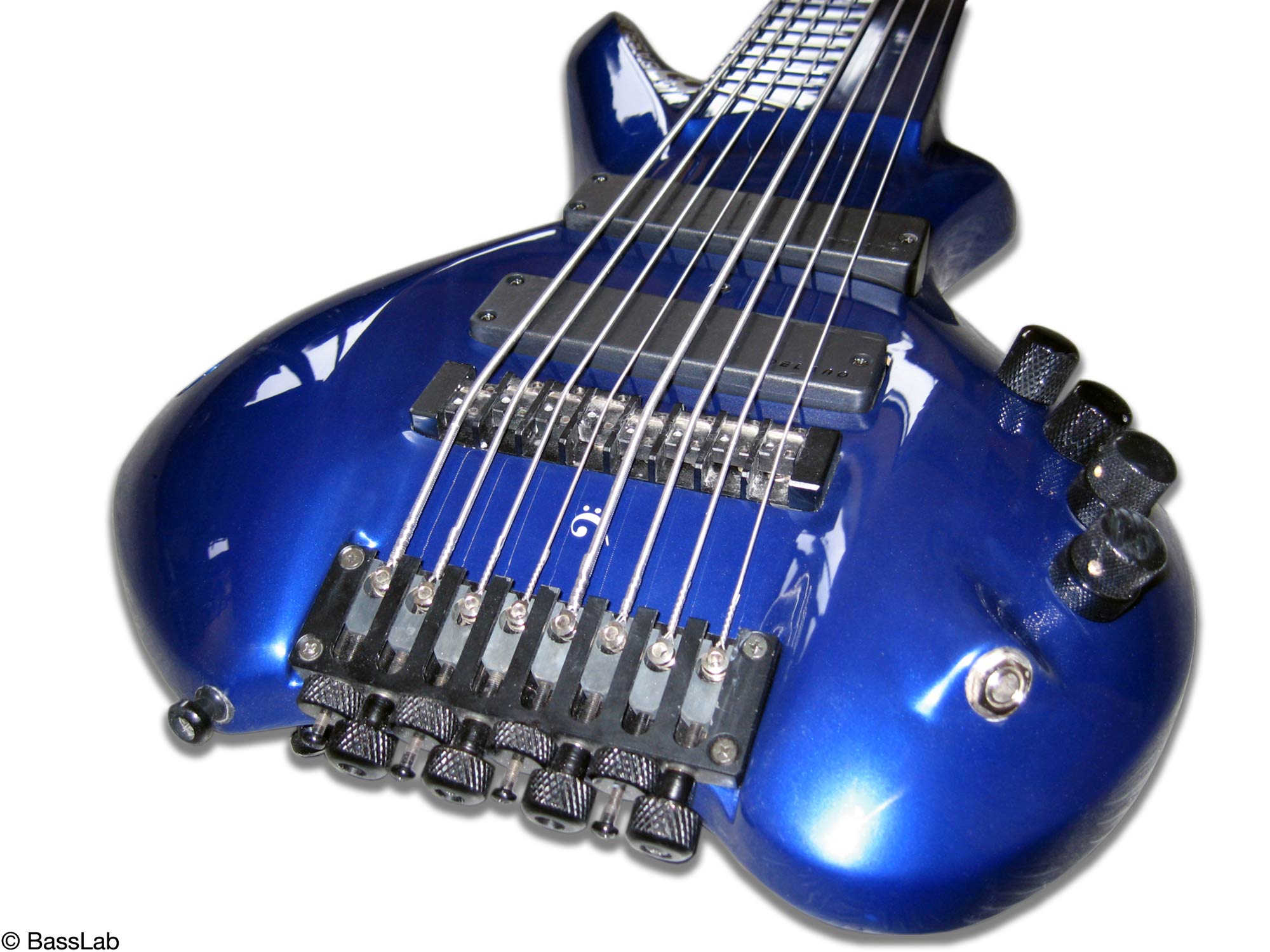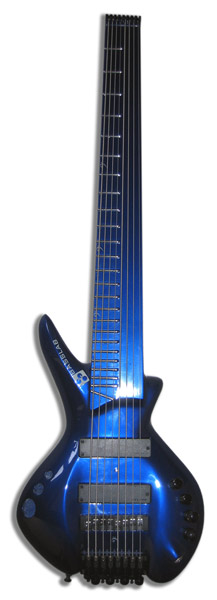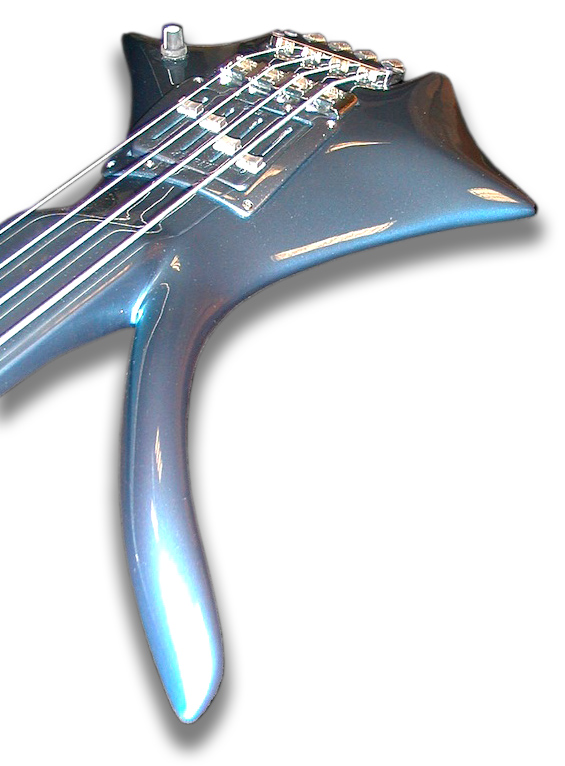
lettsguitars
-
Posts
1,551 -
Joined
-
Last visited
Content Type
Profiles
Forums
Events
Shop
Articles
Posts posted by lettsguitars
-
-
[quote name='thefyst' timestamp='1358249378' post='1935400']
anything except lexicon.
Line 6 tone port for less than a fiver ... [url="http://www.ebay.co.uk/itm/Line-6-TonePort-GX-/251211334137?pt=UK_Musical_AudioMIDI_Interfaces&hash=item3a7d5cc1f9"]http://www.ebay.co.u...=item3a7d5cc1f9[/url]
[/quote]The omega is proper sh*t! -
Not so bad without vocals.

http://www.youtube.com/watch?v=QjihRnoSac0 -
Timing.
-
[quote name='Conan' timestamp='1358253945' post='1935579']
I thihnk you [i]have[/i] to have a sense of humour to be a bass player...
[/quote]It's all about the er . . . . -
LOL! I hope my super sense of wit reaches you in good health. Or IHMSSOWRYIGH (which should from now on should be added to any witty remark).

-
I'm sorry but unless you only ever work on the same guitar with a radius that is bang on with your block this cannot work. A board can sometimes have a radius that has very slight changes over the whole board. A block gives you very little control and can only ever level frets that conform EXACTLY! Maybe it works for you but I would never even consider this method. Anyone who is buying stuff from stewmac is mental
 I do have a few bits (yes radius blocks, files etc) which I got when I was new to this and knew no better. I soon realised that they are a bunch of old gits who will relabel any old sh*t, create a job for it and sell it for 10 times its worth. This is all light hearted banter by the way. I am in no way dissing your methods. Whatever work s for you. I will jump out of this one now. I've said my piece and it's getting a bit silly. Fret leveling is a simple business and no matter how you go about it the end goal is the same. To remove any high spots without doing any needless damage to your frets. Laters. Jon
I do have a few bits (yes radius blocks, files etc) which I got when I was new to this and knew no better. I soon realised that they are a bunch of old gits who will relabel any old sh*t, create a job for it and sell it for 10 times its worth. This is all light hearted banter by the way. I am in no way dissing your methods. Whatever work s for you. I will jump out of this one now. I've said my piece and it's getting a bit silly. Fret leveling is a simple business and no matter how you go about it the end goal is the same. To remove any high spots without doing any needless damage to your frets. Laters. Jon -
Just for the record. Heat has very little effect on wood. Moisture, or lack of, is our enemy. The house having a different humidity is the problem.
Strings will change things for sure and everyone should have the balls to adjust their truss rods. It's a very simple affair. Use the rod to adjust action when necessary. A dead flat neck is not always best either. A little relief is fine. String height should increase gradually up to the 12th fret and the level out all the way up to the end of the board. -
You do not need to use a radius block for leveling. If the board is slightly different to your block you are gonna have flat spots all over the place.Not to mention compound radii. There is are massive problems with that method ebsfreak. See post above for details. Radius blocks are for putting radii into fretboards. Leveling bars are for leveling frets. Experience teaches, there is no such thing as wrong experience, only experience and learning.
-
Alesis I/O?
-
No you are wrong! The length of the leveler has all that under control. By rubbing up and down a fret board you are not keeping the frets level across their sideways plain (plane? whatever). You will end up with grooves in the frets. BAD NEWS!!! It is actually a mixture of the 2 which I cant be arsed to explain. Strings do not move up and down your board they can only move sideways therefore you want all marks (even very fine ones) to be along the same plain as string movement or you will hear those tiny scratches.
Oh go on then. . . You stand next to the board and scrub back and forth while evenly moving up and down the board. This is the voice of experience not just some random thought process. The pen on top of the frets tells you when they are level. You do not need to level the whole board at the same time. DERR! -
The calipers will be affected by the ridges in the string winding. They are obviously very accurate or what would be the point? Why do you need to measure your strings anyway? All sounds a bit anal to me

You should zero the caliper before every reading. -
[quote name='Jimryan' timestamp='1358189806' post='1934593']
Really?!? I wouldn't have thought of using it.
[/quote]REALLY! Dont waste your money on stuff 'aimed' at guitarists. It's all bullshit. Swan rules!
-
The best degreaser is naptha (lighter fluid).
-
There are some very cool melodies on all the albums and Jojo mayer is one nasty drummer. Tim miller and keyboard player (name escapes me) are also toppety top. All fine musicians on all his albums. Well worth the time in my book.
-
[quote name='ZenBasses' timestamp='1358034317' post='1932297']
Can I just add


Or

Despite the fact they are plastic essentially you'd look such a spanner playing one.
Bass Labs hmmmnn
[/quote]You probably need a spanner to play that thing. Oh my god! -
I think someone mausta left that next to a radiator too long.
-
You dont record the same bass line twice. The engineer may double track the original take with various effects but not neccessarily.
-
Frets.
-
If that neck was in straight the e string woould be hangin off the side of the neck which brings back around to the bridge positioning problems.

-
[quote name='mart' timestamp='1357992105' post='1931453']
I opted for short nails and, I suppose, a consequently softer classical tone. That worked for me, but then I was never that good at the classical. At the end of the day, you've just got to choose which to compromise on. Or grow an extra right hand!
[/quote]False nails?
-
At the most
 I've never timed myself and yes probably more like an hour. Taping up and working through all the grits certainly feels like a couple sometimes
I've never timed myself and yes probably more like an hour. Taping up and working through all the grits certainly feels like a couple sometimes  . If you want to get somewhere fast, go slow! That would include dressing frets too which is easily another 5 minutes
. If you want to get somewhere fast, go slow! That would include dressing frets too which is easily another 5 minutes 
-
I enjoyed that. LA LA LA LA LA LA LA LA LA LA LA! Cool!
-
[quote name='Delberthot' timestamp='1357993741' post='1931486']
I thought the idea behind the bolt on neck was to be able to change the neck when the frets wore out? I'm not disputing what you are saying, in was likely both plus the fact that Fender have been since day 1 all about building instruments as cheaply as they could - cheapest woods at the time, repainting bodies to match orders etc
My MIM Fender is nigh on perfect.
Personally, the way I see it is that the main difference between MIM & MIA is that MIA Fenders are made in America by Mexicans using American parts, MIM Fenders are made in Mexico by Mexicans using American parts.
[/quote]Definately. Why the letters u,s and a, affect price so drastically is beyond me. -
[quote name='peteb' timestamp='1357989066' post='1931361']
Yes, but we've all seen Fenders with that neck pocket issue. I'm just amazed that they're attention to detail is so lax that they choose that particular bass to be the basis of their catalogue picture!
I bought a s/h US Fender off someone from here, but even thru the neck pocket was good it was didn't sound right. I took it to Jon Shuker to sort out who eventually found that the factory installed bridge had been put on at an angle! Never heard of that of any other top manufacturer.....
[/quote]I'm afraid that this is another very very VERY common issue!


Coldplay are beyond rubbish obviously. . but then. . .
in General Discussion
Posted
Too good!!